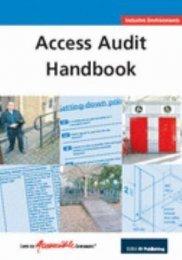
References THIRD LEVEL: RECOGNITION AND MEASUREMENT CONCEPTS LEARNING OBJEC TIVE 5 Describe the basic assumptions of accounting. The third level of the framework consists of concepts that implement the basic objective of level one. These concepts explain how companies should recognize, measure, and report financial elements and events. The FASB sets forth most of these in its Statement of Financial Accounting Concepts No. 5, "Recognition and Measurement in Financial Statements of Business Enterprises." According to SFAC No. 5, to be recognized, an item (event or transaction) must meet the definition of an "element of financial statements" as defined in SFAC No. 6 and must be measurable. Most aspects of current practice follow these recognition and measurement concepts. The accounting profession continues to use the concepts in SFAC No. 5 as operational guidelines. Here, we identify the concepts as basic assumptions, principles, and a cost constraint. Not everyone uses this classification system, so focus your attention more on understanding the concepts than on how we classify and organize them. These concepts serve as guidelines in responding to controversial financial reporting issues Basic Assumptions Four basic assumptions underlie the financial accounting structure: (1) economic entity, (2) going concern, (3) monetary unit, and (4) periodicity. We'll look at each in turn Economic Entity Assumption The economic entity assumption means that economic activity can be identified with a particular unit of accountability.In other words, a company keeps its activity separate and distinct from its owners and any other business unit.13Recently, the FASB has proposed to link the definition of an entity to its financial reporting objective. Th,eporting entity is described as a circumscribed area of business activity of interest to present and potential equity investors, lenders, and other capital provides. See IASB/FASB, "The Reporting Entity," Exposure Draft D 2010 2: Conceptua ramework or Financial Reporting arch 2010) At the most basi leve the economie entity assumptio da tates tat aner B. a Company record he company's financial activities separate from those of its owners and managers. Equally important, financial statement users need to be able to distinguish the activities and elements of different companies, such as General Motors, Ford, and Chrysler. If users could not distinguish the activities of different companies, how would they know which company financially outperformed the other? The entity concept does not apply solely to the segregation of activities among competing companies, such as Home Depot and Lowe's. An individual, department, division, or an entire







